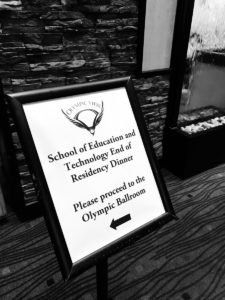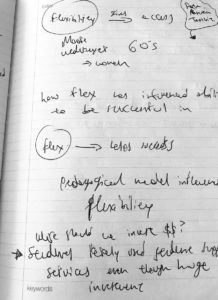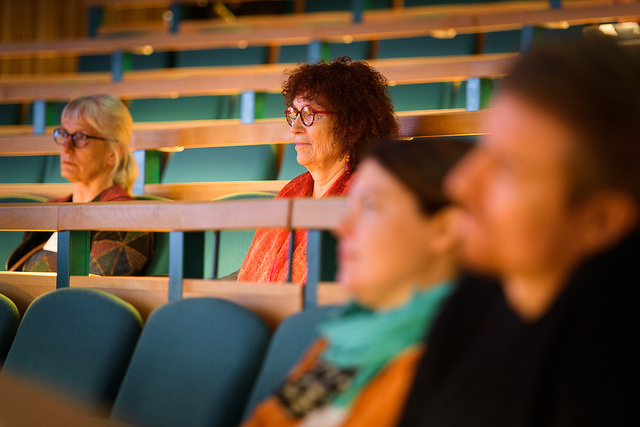The top definition of YouTube comments in the urban dictionary is the following: “the only place where a polite discussion about kittens can lead to a flame war about government conspiracies.”
Inquisitive readers might ask: Is that flame war the same for all videos? Or is it more likely for some videos than others?
Our latest paper (and when I write our, I am referring to Royce k=Kimmons, Tonia Dousay, Patrick Lowenthal, and Ross Larsen) explores whether the sentiment expressed toward scholars who go online varies according to variables of interest. Put differently, scholars are encouraged to be present online, to establish a digital identity, and expand their reach and impact. But, what is the public’s reaction? Does the public react more positively/negatively to some people? There’s many ways to go about exploring this question. We sought to answer this question by examining YouTube comments, but one could investigate tweets, blog comments, self-reported data, and so on. Below is our abstract, summarizing our findings, and link to our paper. Note the impact of gender, animations, and moderation on expressed sentiment:
Veletsianos, G., Kimmons, R., Larsen, R., Dousay, T., & Lowenthal, P. (2018). Public Comment Sentiment on Educational Videos: Understanding the Effects of Presenter Gender, Video Format, Threading, and Moderation on YouTube TED Talk Comments. PLOS ONE 13(6): e0197331. https://doi.org/10.1371/journal.pone.0197331
Scholars, educators, and students are increasingly encouraged to participate in online spaces. While the current literature highlights the potential positive outcomes of such participation, little research exists on the sentiment that these individuals may face online and on the factors that may lead some people to face different types of sentiment than others. To investigate these issues, we examined the strength of positive and negative sentiment expressed in response to TEDx and TED-Ed talks posted on YouTube (n = 655), the effect of several variables on comment and reply sentiment (n = 774,939), and the projected effects that sentiment-based moderation would have had on posted content. We found that most comments and replies were neutral in nature and some topics were more likely than others to elicit positive or negative sentiment. Videos of male presenters showed greater neutrality, while videos of female presenters saw significantly greater positive and negative polarity in replies. Animations neutralized both the negativity and positivity of replies at a very high rate. Gender and video format influenced the sentiment of replies and not just the initial comments that were directed toward the video. Finally, we found that using sentiment as a way to moderate offensive content would have a significant effect on non-offensive content. These findings have far-reaching implications for social media platforms and for those who encourage or prepare students and scholars to participate online.








